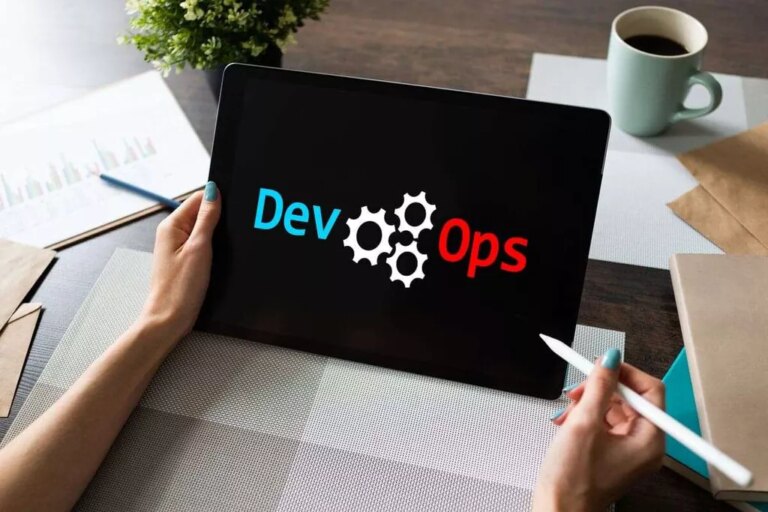Administer And Maintain A Swarm Of Docker Engines
4 Ways To Earn At Roulett
March 10, 2023En Güvenilir Bahis Siteleri 2024: En Yeni Seçenekler Ve İncelemele
March 11, 2023Administer And Maintain A Swarm Of Docker Engines
minikube software which permits you to create an run a neighborhood Kubernetes cluster in your machine. Now that you’ve successfully deployed the weblog utility using Docker Swarm. Let’s move on to the subsequent section and discover ways to deploy the applying using Kubernetes.

interaction with the swarm. Replicated providers in swarm mode require the administrator to specify what quantity of equivalent “replica” tasks must be assigned to obtainable nodes by the swarm manager. By distinction, international companies monitor all containers that run on a node; the swarm supervisor schedules just one task to each available node. Docker Swarm schedules duties to make sure adequate sources for all distributed containers within the swarm. It assigns containers to underlying nodes and optimizes assets by mechanically scheduling container workloads to run on the most applicable host.
What Is Docker Swarm Used For?
are built utilizing swarmkit. Swarmkit is a separate project which implements Docker’s orchestration layer and is used instantly inside Docker. Yes Docker Swarm is used within the production environments but it is not much used as the kubernetes within the production surroundings.
- flexibility are essential necessities.
- specific wants.
- Kubernetes.
- on to the following part where you will deploy the application using Docker Swarm.
- Kubernetes allows you to automatically scale in or scale out the containers
7 An illustration of the Docker ingress network and routing mesh. There are also YouTube movies explaining the Docker overlay community. For example, the Deep dive in Docker Overlay Networks by Laurent Bernaille is value for watching.
Such orchestration ensures containers are only launched on methods with enough resources to hold up needed performance and efficiency levels for containerized application workloads. Kubernetes is a robust device that simplifies the management of advanced clusters, making it a perfect software for managing containerized workloads at scale. Docker Swarm is easier to learn and set up than Kubernetes as a outcome of its simpler architecture. However, it lacks options corresponding to autoscaling and complete monitoring instruments, making it appropriate for smaller tasks. Most cloud service providers supply managed Kubernetes services.
Selling And Demoting Nodes¶
isolate managers in your swarm from processes which may block swarm operations like swarm heartbeat or leader elections. While it’s potential to scale a swarm right down to a single supervisor node, it’s unimaginable to demote the last manager node. This ensures you preserve access to the swarm and that the swarm can nonetheless course of requests.
Add nodes to a swarm for more info on how to add employee nodes and promote a employee node to be a manager. Worker nodes obtain and execute tasks dispatched from supervisor nodes. By default supervisor nodes additionally run services as worker nodes, however you presumably can
Explore the variations between a Docker container vs. Docker picture and how they interact in addition to why and how to use Docker image tags. Prepare for successful container adoption with these tips, and see how to determine on the most effective Docker picture for the job at hand. Kubernetes is a extra mature and feature-rich platform with a vast ecosystem and a vibrant neighborhood.
Service And Stack¶
A managed Kubernetes service is a cloud-based providing that provides a managed setting for deploying, scaling, and managing containerized applications on Kubernetes. The following picuture illustats the community setup we have created with the webapp stack. The way Docker swarm interconnects containers on completely different docker hosts is using the so-called overlay community. Raft requires a majority of supervisor nodes (quorum) to agree on proposed updates to the swarm, similar to node additions or removals. In a swarm of N managers, a quorum (a majority) of supervisor nodes must all the time
Docker Swarm is a container orchestration tool that permits you to manage a cluster of Docker nodes and deploy and scale your purposes throughout them. Docker Swarm is a container orchestration software for clustering and scheduling Docker containers. With Swarm, IT administrators and developers can establish and manage a cluster of Docker nodes as a single digital system.
A Docker Swarm cluster is a bunch of Docker nodes that work together to supply a extremely obtainable and scalable platform for deploying and working purposes using Docker containers. Manager nodes additionally carry out the orchestration and cluster administration features required to take care of the desired state of the swarm. Manager nodes elect a
We have successfully created a Swarm cluster with 1 Manager node and a pair of Worker Nodes. Wait no extra and begin deploying your functions on the swarm cluster. We will initialize Docker Swarm on one of the EC2 Instance which will be appointed because the Swarm manager. The different three cases will therefore be worker nodes which should be a part of the Swarm. Now, that we’ve set up our surroundings, let’s proceed to Step 1 — Initializing Docker Swarm on the supervisor EC2 Instance and join the other worker node cases to the Swarm.

Additionally, it has a larger and more lively group that contributes to the event of monitoring options. Kubernetes and Docker Swarm have massive and active communities, with thousands of manifests obtainable for widespread duties. The communities provide studying supplies, take a look at projects, and solutions to users’ questions. Kubernetes is maintained by the CNCF and can managed docker swarm be freely used, modified, and distributed beneath the Apache 2.zero license. Docker Swarm is a half of the Docker ecosystem and could be freely used, modified, and distributed underneath the Apache 2.0 license. Once you may have done that, you will notice all containers running on vm2 are automatically moved to vm1.
Docker Swarm Init
distinct trade-offs. Docker Swarm provides a less complicated deployment expertise, but it lacks built-in help for persistent information storage. In the event of a Docker
It presents extra superior features such as auto-scaling and superior monitoring. It can be extremely customizable and could be easily integrated with other tools and platforms. The grasp node makes use https://www.globalcloudteam.com/ of the scheduler to manage container deployment. Kubernetes offers a comprehensive set of monitoring tools and metrics that allow you to maintain a detailed eye on your cluster’s well being and efficiency.
That’s because it has a big set of instructions that one needs to know to effectively manage and safe a cluster. You could discover that the containers db and net providers are began on a node w.r.t. the container placement requirement we set in the docker-compose file. You can dynamically change the requirement, and the corresponding containers might be moved accordingly to fulfill the new requirement. Let’s try to transfer the container of the online service from vm2 to vm1 by setting the placement constraint.
